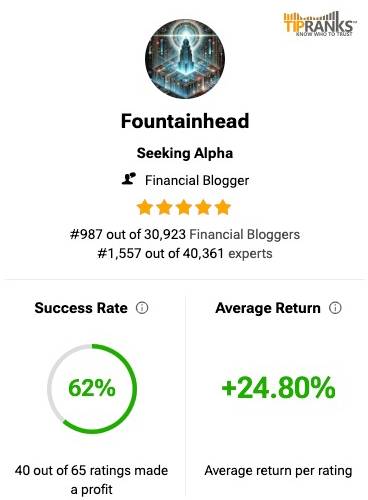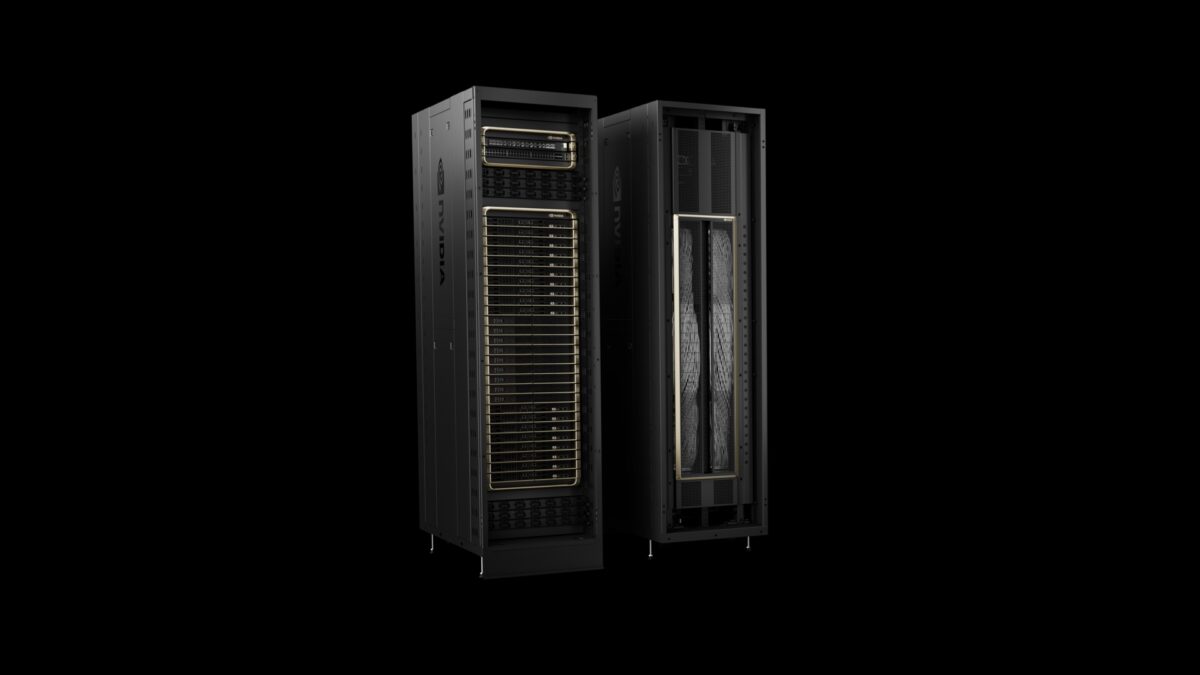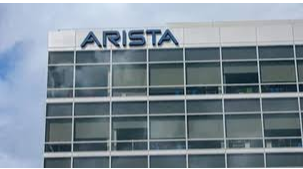Meta (META) has committed to $60-65Bn of Capex and Microsoft (MSFT) $80Bn: After the DeepSeek revelations, this is a great sign of confidence for Nvidia (NVDA), Broadcom (AVGO), and Marvel (MRVL) and other semiconductor companies. Nvidia, Broadcom, and Marvell should continue to see solid demand in 2025.
Meta CEO, Mark Zuckerberg also mentioned that one of the advantages that Meta has (and other US firms by that same rationale) is that they will have a continuous supply of chips, which DeepSeek will not have, and the likes of US customers like Meta will easily outperform when it comes to scaling and servicing customers. (They will fine-tune Capex between training and inference). Meta would be looking at custom silicon as well for other workloads, which will help Broadcom and Marvell.
Meta executives specifically called out a machine-learning system designed jointly with Nvidia as one of the factors driving better-personalized advertising. This is a good partnership and I don’t see it getting derailed anytime soon.
Meta also talked about how squarely focused they were on software and algorithm improvements. Better inference models are the natural progression and the end goal of AI. The goal is to make AI pervasive in all kinds of apps for consumers/businesses/medical breakthroughs, and so on. For that to happen you still need scalable computing power to reach a threshold when the models have been trained enough to provide better inference and/or be generative enough, to do it for a specific domain or area of expertise.
This is the tip of the iceberg, we’re not anywhere close to reducing the spend. Most forecasts that I looked at saw data center training spend growth slowing down only in 2026, and then spending on inference growing at a slower speed. Nvidia’s consensus revenue forecasts show a 50% revenue gain in 2025 and 25% thereafter, so we still have a long way to go.
I also read that Nvidia’s GPUs are doing 40% of inference work, they’re very much on the ball on inference.
The DeepSeek impact: If DeepSeek’s breakthrough in smarter inference were announced by a non-Chinese or an American company and if they hadn’t claimed a cheaper cost, it wouldn’t have made the impact it did. The surprise element was the reported total spend, and the claim that they didn’t have access to GPUs – it was meant to shock and awe and create cracks in the massive spending ecosystem, which it is doing. But the reported total spend or not using high GPUs doesn’t seem plausible, at least to me. Here’s my earlier article detailing some of the reasons. The Chinese government subsidized every export entry to the world, from furniture to electric vehicles, so why not this one? That has been their regular go-to-market strategy.
Cheaper LLMs are not a plug-and-play replacement. They will still require significant investment and expertise to train and create an effective inference model. I think the GPU requirements will not diminish because you need GPUs for training and time scaling, smarter software will still need to distill data.
Just as a number aiming at a 10x reduction in cost is a good target but it will compromise quality and performance. Eventually, the lower-tier market will get crowded and commoditized – democratized if you will, which may require cheaper versions of hardware and architecture from AI chip designers, as an opportunity to serve lower-tier customers.
American companies will have to work harder, for sure – customers want cheap (Databricks’ CEO’s phone hasn’t stopped ringing for alternative solutions) unless they TikTok this one as well…..







